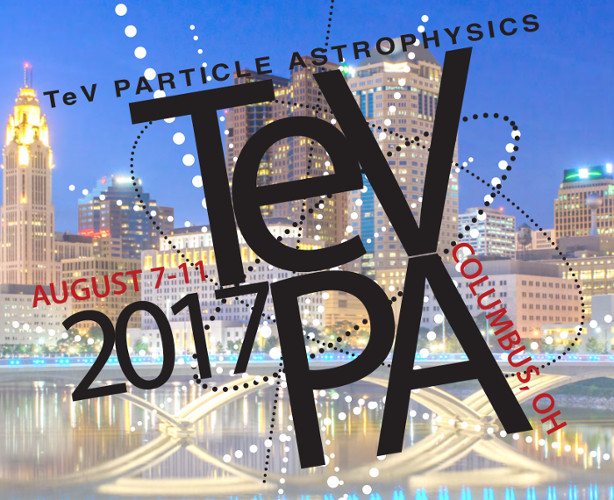Speaker
Description
A Type Ia supernova (SNIa) could go entirely unnoticed in the Milky Way and nearby starburst galaxies, due to the large optical and near-IR extinction in the dusty environment, low radio and X-ray luminosities, and a weak neutrino signal. But the recent SN2014J confirms that Type Ia supernovae emit γ-ray lines from $^{56}$Ni→$^{56}$Co→$^{56}$Fe radioactive decay, spanning 158 keV to 2.6 MeV. The Galaxy and nearby starbursts are optically thin to γ-rays, so the supernova line flux will suffer negligible extinction. The All-Sky Medium Energy Gamma-ray Observatory (AMEGO) will monitor the entire sky every 3 hours from ~200 keV to >10 GeV. Most of the SNIa gamma-ray lines are squarely within the AMEGO energy range. Thus AMEGO will be an ideal SNIa monitor and early warning system. We will show that the supernova signal is expected to emerge as distinct from the AMEGO background within days after the explosion in the SN2014J shell model. The early stage observations of SNIa will allow us to explore the progenitor types and the nucleosynthesis of SNIa. Moreover, with the excellent line sensitivity, AMEGO will be able to detect the SNIa at a rate of a few events per year and will obtain enough gamma-ray observations over the mission lifetimes (~10 SNIa) to sample the SNIa. The high SNIa detection

